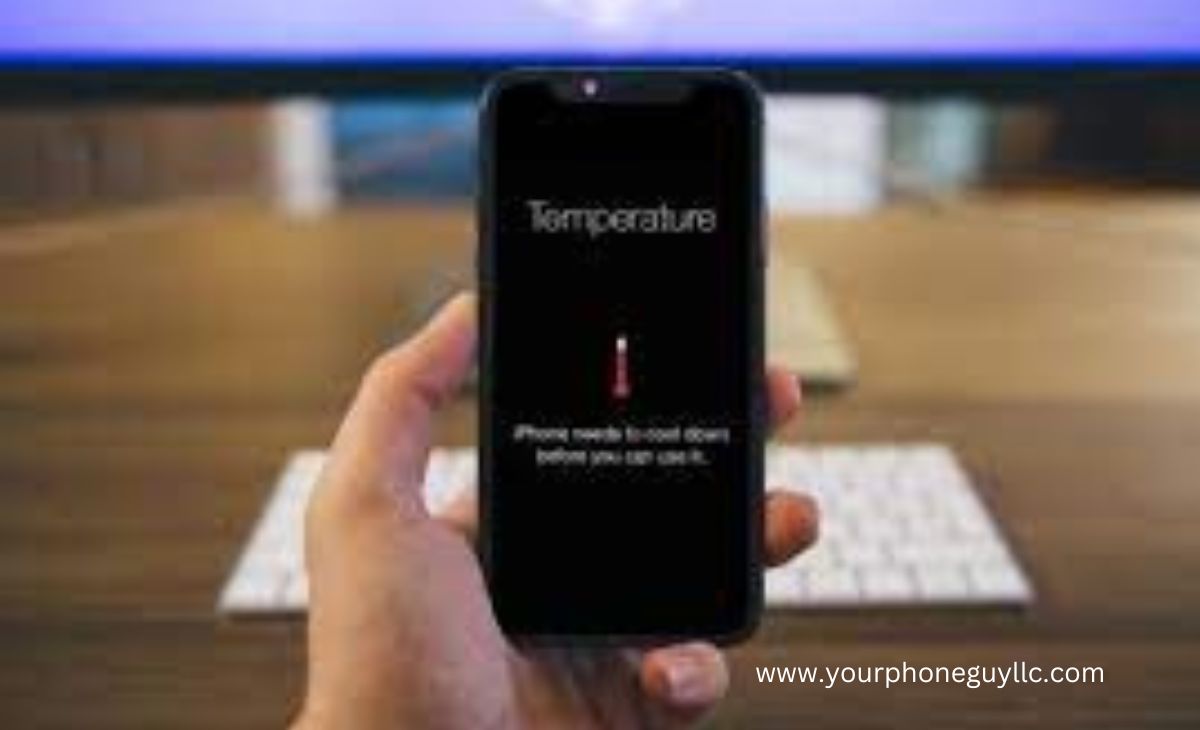How to Fix iPhone 14 Overheating Problems
In this detailed blog, we will be talking about the intricacies behind iPhone 14's overheating problems and provide a step-by-step solution for fixing them without getting repair services.
First, we looked for reasons for this annoying problem, like bugs in software, resource-consuming applications, environmental influences, etc. We have also introduced low power mode, which was followed by a forced factory reset and restore if all else fails. In this way, you will overcome the problem of overheating, and the iPhone 14 will work smoother for you.
Step 1: Identifying Overheating Causes
Software Glitches And Updates
The first step in dealing with the iPhone 14's overheating problems is understanding that software can be a major problem. Bugs and glitches in your iOS can lead to excessive heat-up.
Resource-Intensive Apps
Some apps running in the background also contribute to overheating. They drain your battery even when you're not using your device.
Environmental Factors
Environmental conditions play a significant role in your iPhone's temperature. In hot and humid climates, your device is more likely to overheat.
Step 2: Implementing Cooling Solutions
Software Optimization
Your iPhone's operating system and software can impact its temperature. Keeping your iOS up-to-date is important. Make sure to regularly install iOS updates to benefit from the latest performance improvements. These updates often include fixes for known issues that can cause overheating. If the problems still exist, run system diagnostics
App Management
Managing apps that consume excessive resources is really important to avoid iPhone 14's overheating problems. Close the resource-intensive background apps. Regularly update your apps as well for better performance. By doing so, you can maintain a cooler and more efficient device.
Environmental Considerations
Your iPhone needs to be protected from extreme temperatures. Make sure to keep your device shaded when you're facing hot and humid conditions. You can also invest in cooling accessories like portable fans or heat dissipation cases.
Step 3: Battery Health and Management
Battery Health Assessment
Monitor the battery health regularly because a degraded battery can lead to overheating problems for your iPhone 14. Visit the Battery section to maintain your battery health in your iPhone's settings to check your battery health on a regular basis. If your iPhone's battery health is below 80%, consider having it replaced to prevent overheating.
Optimizing Battery Life
Implementing proper charging habits and optimizing your settings can significantly impact your device's temperature.
Solution:
Avoid overcharging and extreme heat during charging.
Use high-quality chargers and cables.
Optimize your settings by enabling features like auto-brightness, background app refresh, and reducing push email settings.
These steps can help you maintain a cooler iPhone.
Step 4: Enhancing Airflow and Ventilation
Maintaining adequate airflow and ventilation around your iPhone 14 is essential in preventing overheating. Here are some quick tips:.
Keep Speakers and Vents Clear: Ensure speaker and vent openings are clean and open for better heat dissipation.
Use Cooling Stands: Elevate your iPhone with cooling stands to improve airflow during intensive tasks or charging.
Consider Wireless Charging: Wireless charging generates less heat than cable charging, helping keep your device cooler.
Remove Phone Case: Temporarily remove your phone case during heavy usage to allow for better ventilation.
Charge on Cool Surfaces: Opt for cool, well-ventilated surfaces when charging to prevent overheating
Step 5: Advanced Cooling Techniques
Low Power Mode
Low Power Mode is a valuable tool for reducing heat generation on your iPhone. Activate Low Power Mode when you want to conserve battery life and reduce overheating. You can customize its settings to find the right balance between performance and efficiency.
Factory Reset And Restore
When all else fails, a factory reset can often resolve persistent issues that cause iPhone 14's overheating problems. Remember to back up your data, as a factory reset erases all content. Then, follow the instructions in your settings to perform a factory reset. Afterward, you can restore your device from your backup to regain your apps and data.
Conclusion
Facing iPhone 14's overheating problems can be frustrating, but with this step-by-step guide, you're well-equipped to address the issue comprehensively without getting phone repair services. By identifying overheating causes, implementing cooling solutions, maintaining good battery health, and using advanced techniques like Low Power Mode and factory resets, you can enjoy a cooler, more efficient iPhone.


